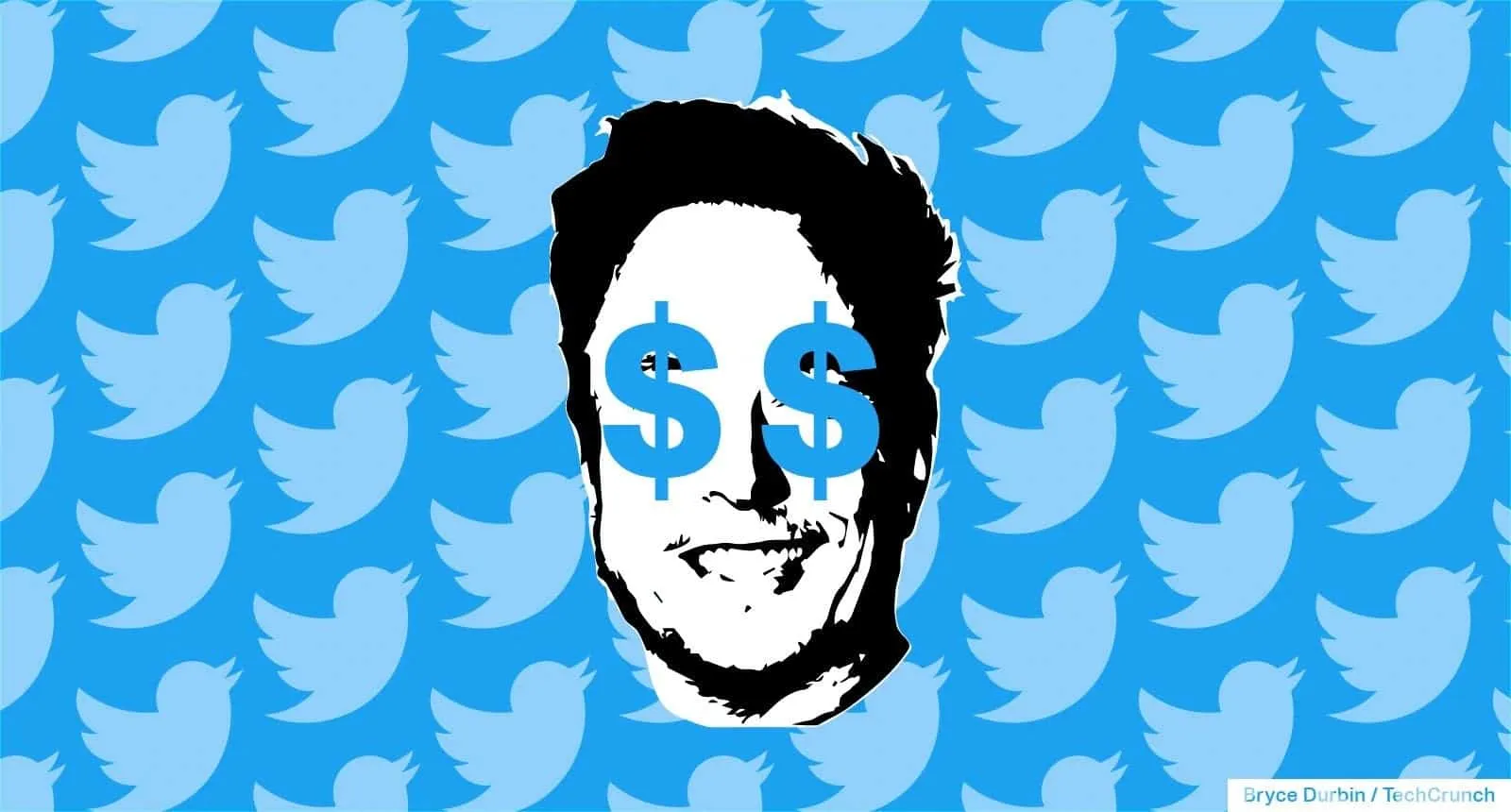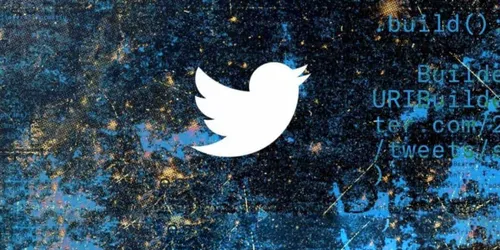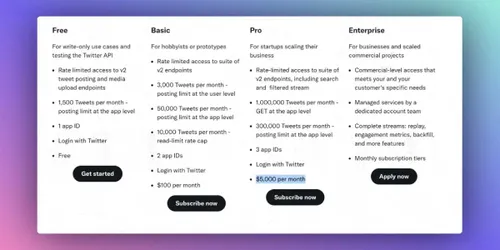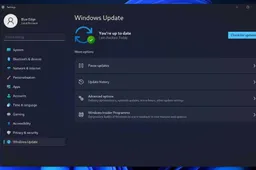
Ever since Elon Musk took over Twitter, the company has seen many changes. One of them is the changes that he has been making to access Twitter's API. The company shut off the free access of its API and introduced an enterprise plan of $42000. And now in an interesting move, Twitter announced a new API subscription plan called API Pro worth $5000.
Twitter API Pro Subscription Plan
The API is a tool that allows developers to access Twitter data. This data can be used to build a variety of applications, such as social media analytics tools, bots, and research tools. The company on Thursday announced a new paid API subscription tier called Twitter API Pro that the company claims is meant for "startups."

The new Twitter API Pro plan offers developers a monthly quota of 1 million retrieved tweets and 300,000 posted tweets. It also includes access to real-time filtered streams (live access to tweets based on specified parameters) and a complete archive search of historical tweets. Additionally, the plan includes three app IDs and Login with Twitter access.
"Experiment, build, and scale your business with 1M Tweets per month, including our powerful real-time Filtered/Stream and Full Archive Search endpoints," the official Twitter Dev account tweeted when announcing the plan.
However, the price of the Pro plan, which is $5,000 per month, is out of reach for many startups. There’s another base plan, which costs $100 per month. But it is too basic and limiting for most businesses. After all, it was introduced for "students" and "hobbyists.”
Twitter API changes impact
Twitter has made several changes to its API in recent months. This has caused problems for developers who want to continue accessing Twitter’s data. In January, the company updated its terms of service, blocking most third-party customers. In April, Twitter permanently shut off its free API. Predictably, it broke a lot of apps and websites.

But in an update, the social network has restored free access to the app programming framework for verified government and publicly-owned services that use the tool for "critical purposes" such as emergency notifications, transportation updates, and weather alerts.
All these changes have had a significant impact on academic researchers and third-party Twitter applications. Previously, researchers could access a random 10% of all Twitter messages for free or $200 per month. However, since Twitter increased the price of this access to $42,000 per month, it was too high to bear for most of them. This has disrupted third-party Twitter applications, such as Tweetbot and Twitterific.

Twitter has also told universities and colleges that they will lose access to the API if they don't pay for the "corporate level" subscription, which costs $42,000 per month. In addition, researchers will need to delete any Twitter data that they obtained before the API was shut down to paid access.
Response from Developers
The $5000 plan comes as a change between the enterprise ($42,000) and the Basic ($100) plan. However, it is still far from the reach of many developers. A full-stack developer, Ramya reacted to Twitter’s new API plan saying that it “fits between the $100 and $42000 options. Still, it feels high for indie hackers like us, but fingers crossed for future price adjustments.”
Another developer says, “Now Twitter came up with a new plan for its API. $5000/month with 1M tweet retrieves limit. Is the $42k plan dead? Maybe”
The changes to Twitter's API have had a significant impact on a number of groups, including academic researchers, third-party Twitter applications, and universities and colleges. It is unclear how these changes will ultimately affect the use of Twitter for research and communication.
Popular News
Latest News
Loading




